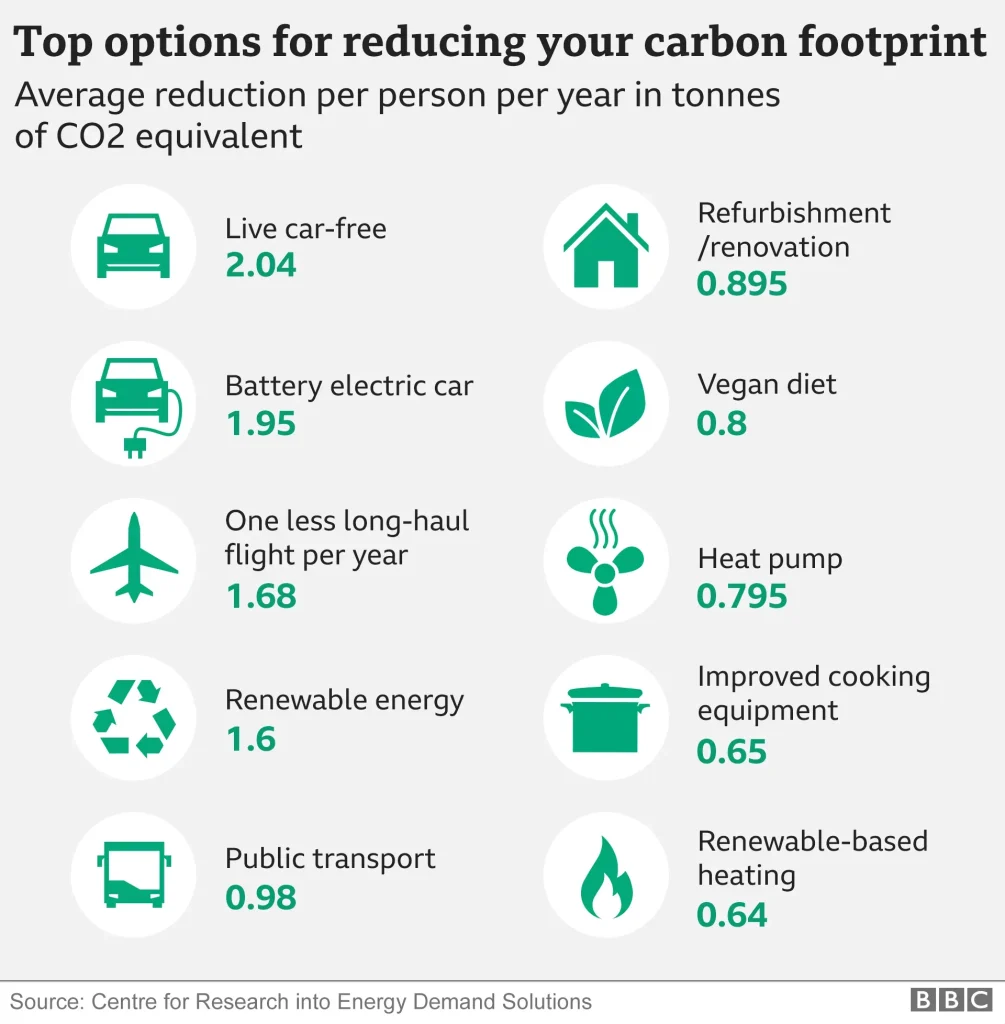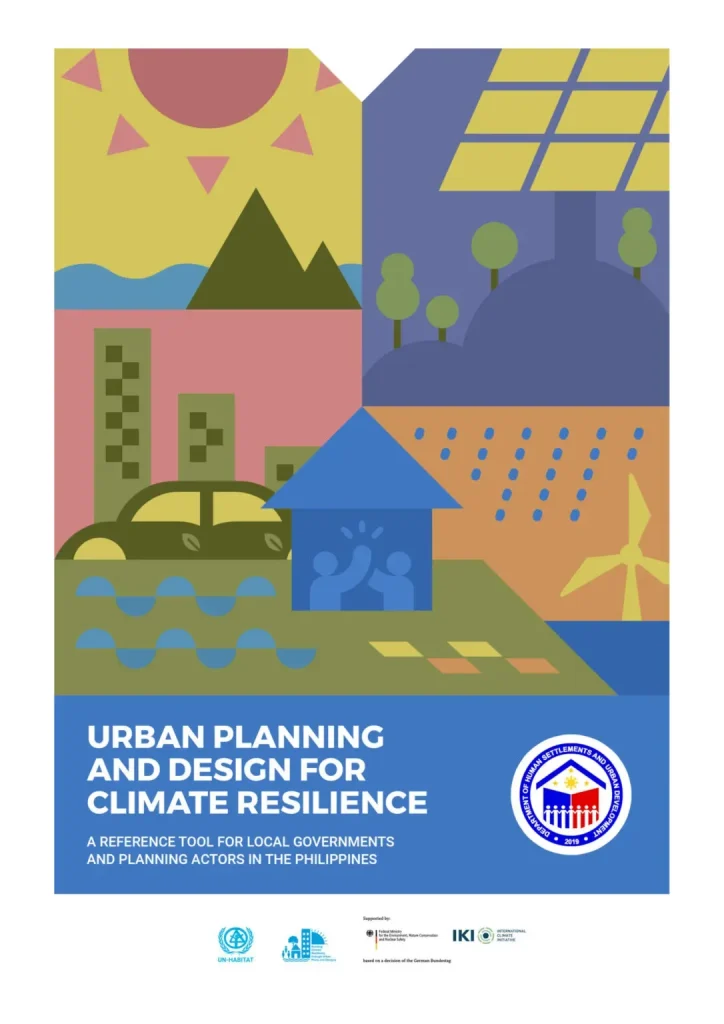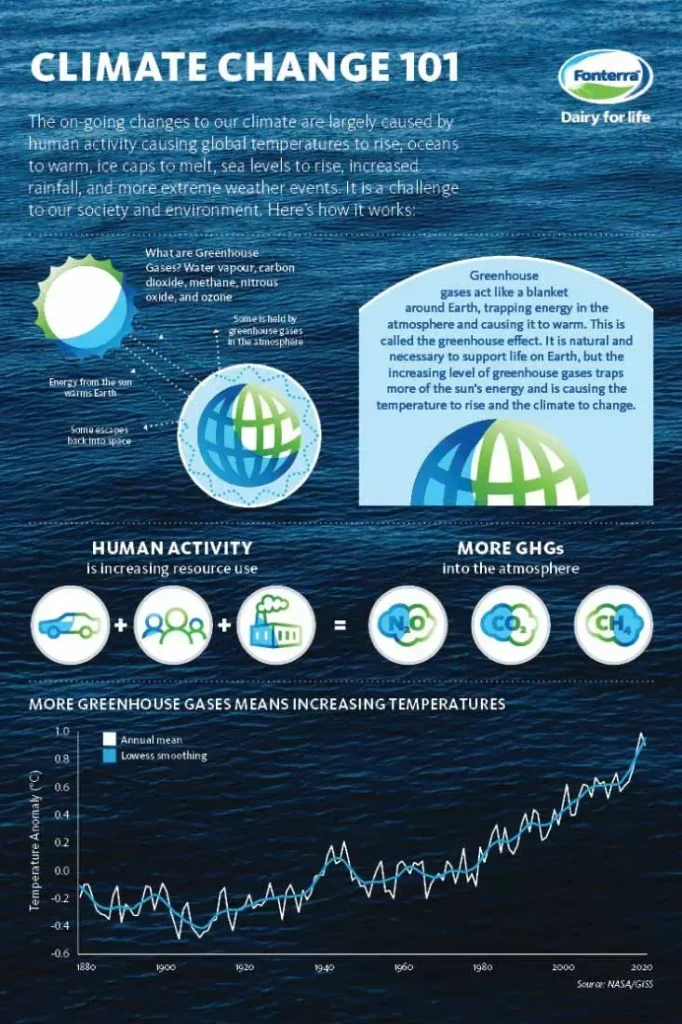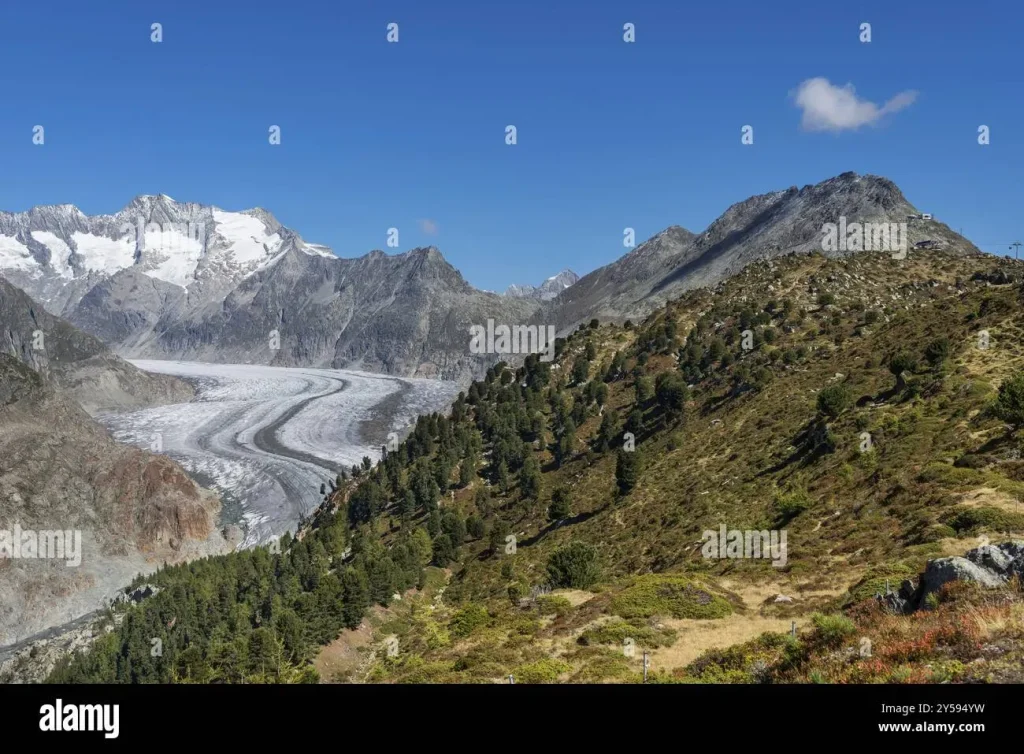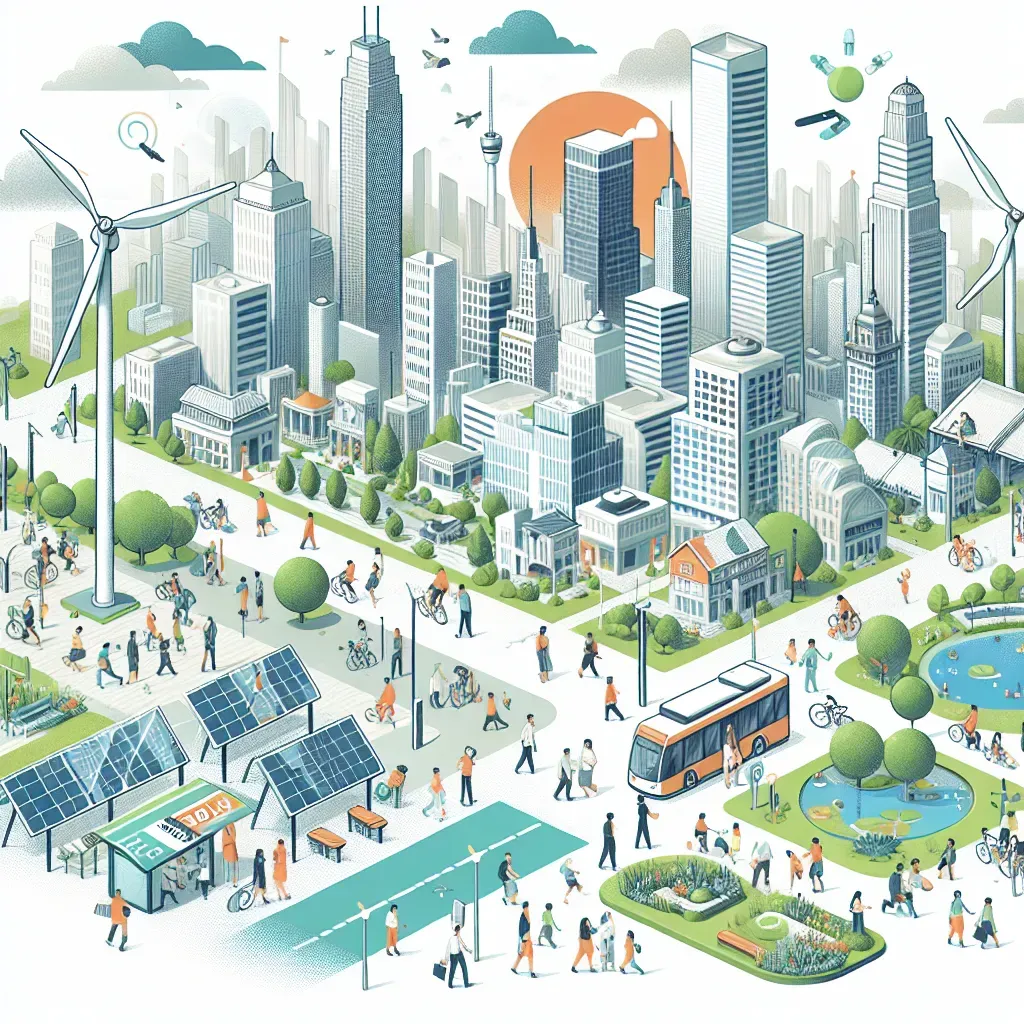Urban planning for climate resilience is reshaping how cities grow, how people move, how neighborhoods anticipate and withstand increasingly volatile weather, and how local governments marshal resources to protect vulnerable residents—from heat-prone blocks to flood-prone corridors—by integrating risk assessments, participatory governance, nature-based solutions, and adaptive design standards that can bend with a changing climate.This approach integrates urban planning for emissions reduction with transit-oriented development, ensuring compact, walkable neighborhoods, healthier air, safer streets, and reduced traffic while strengthening local economies, supporting affordable housing, and creating inclusive public realms where daily life unfolds within a short walk, bike ride, or short transit ride of schools, clinics, and markets.

